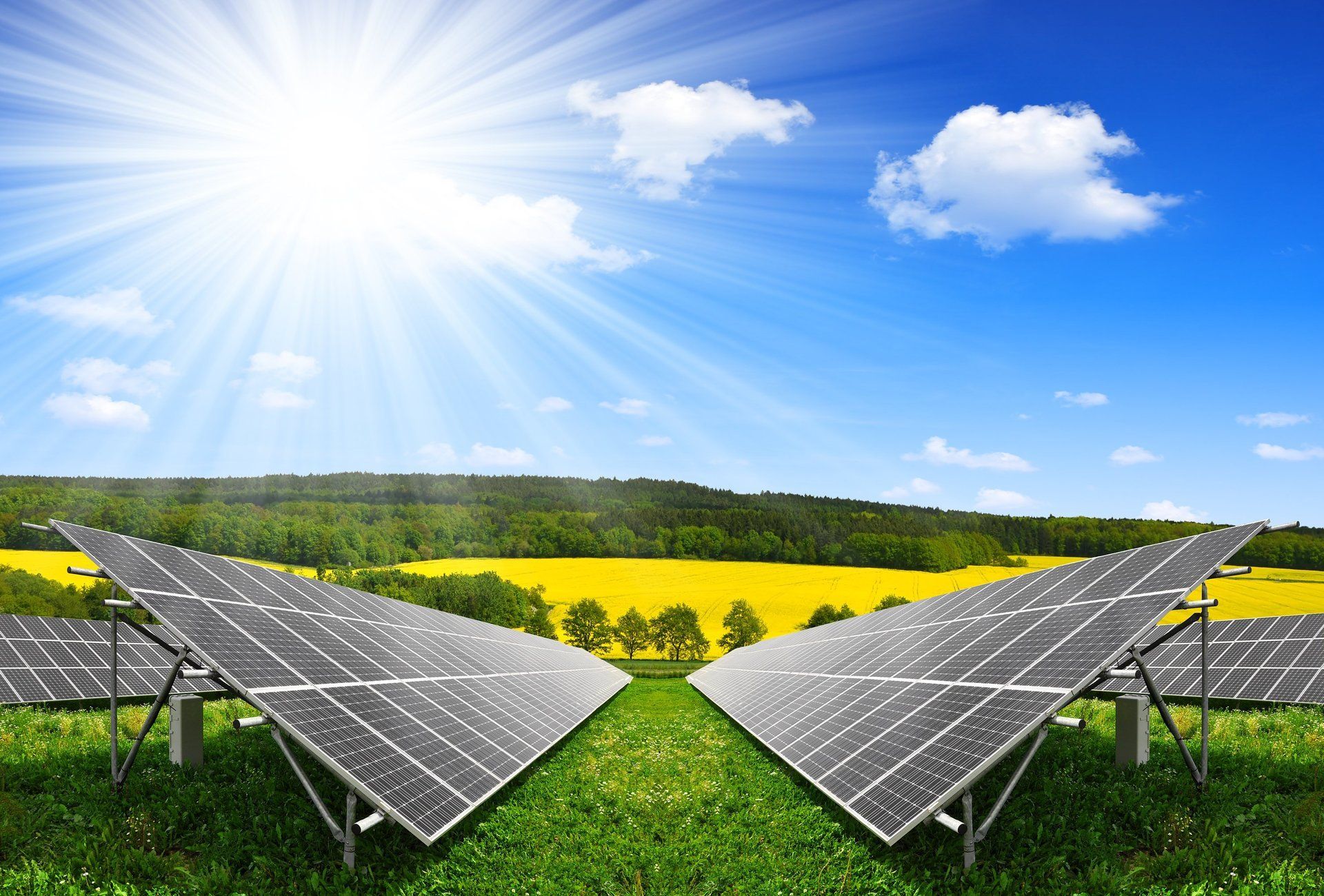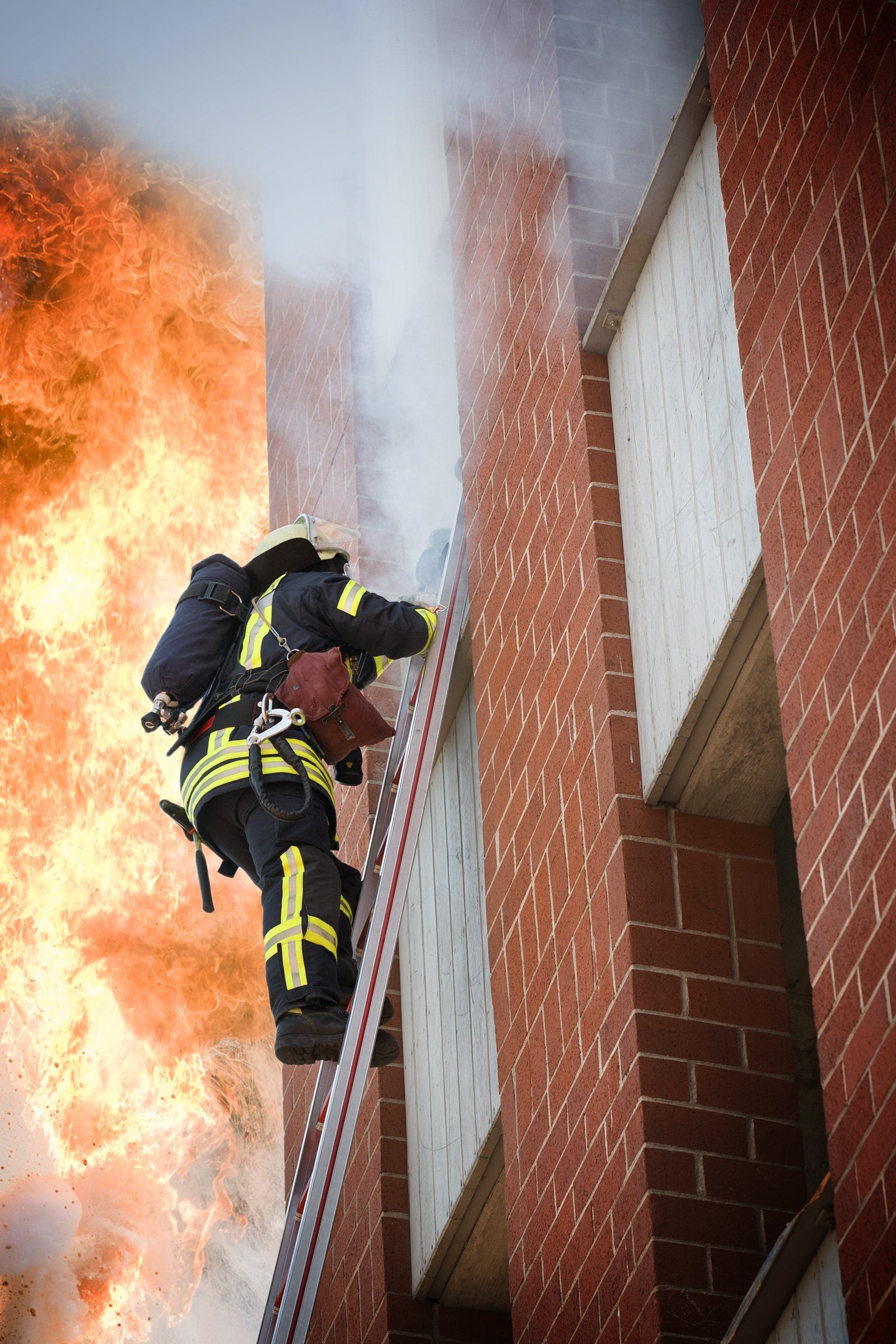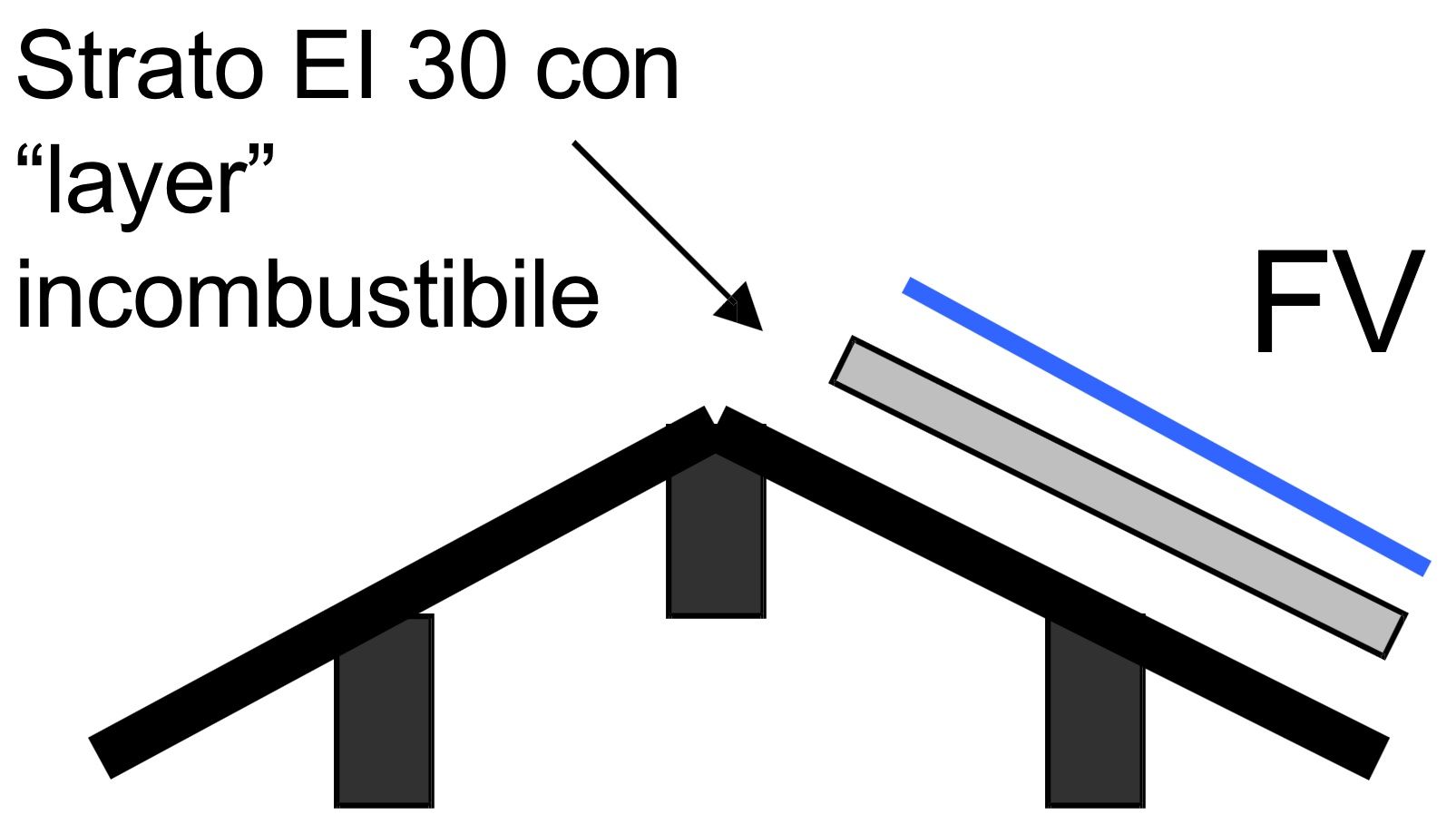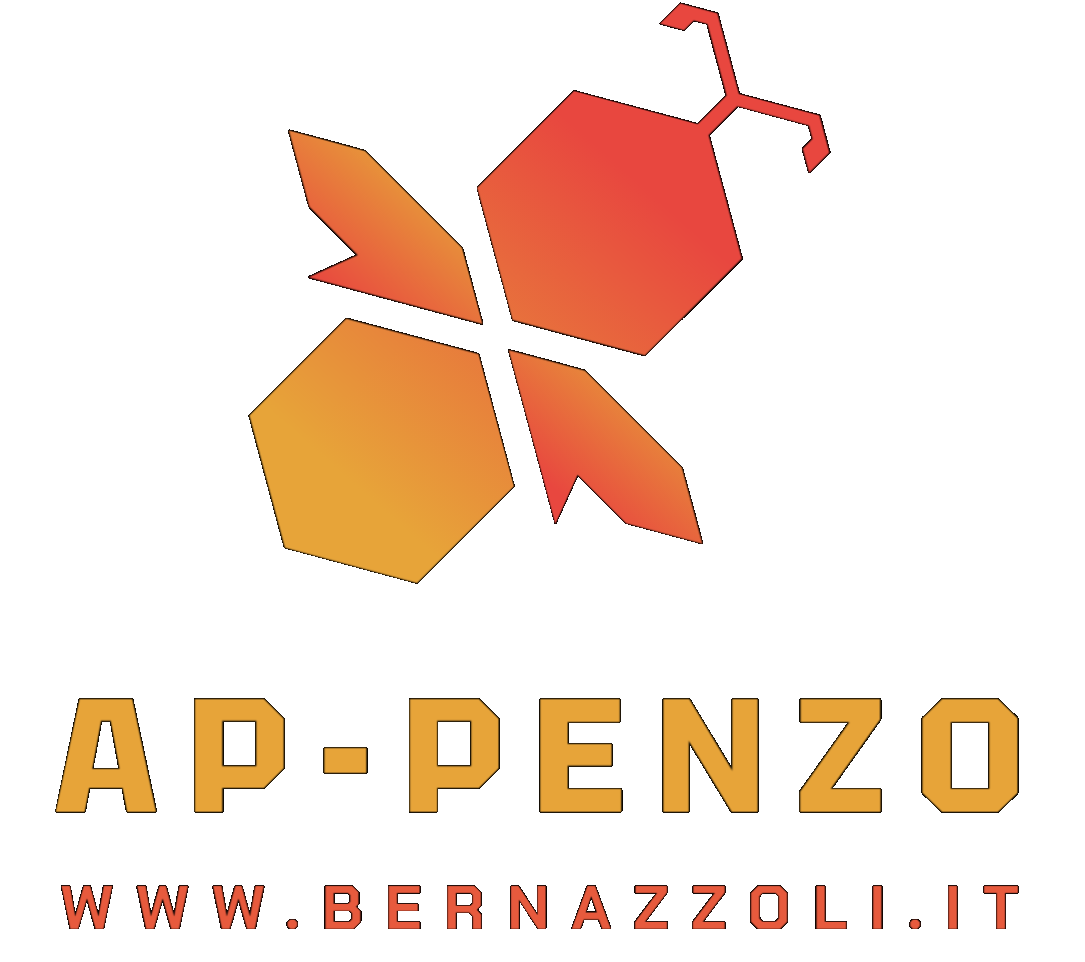FOTOVOLTAICO vs VVF


Con il Decreto-Legge 23 settembre 2022 n. 144 (GU n.223 del 23.09.2022), all'Art. 16 Procedure di prevenzione incendi, è stabilito che, a seguito dell'emergenza energetica in atto, al fine di agevolare l’installazione di impianti fotovoltaici e solari termici sulle coperture e sulle facciate di edifici a servizio di attività soggette ai controlli di prevenzione incendi per la pronuncia sulla valutazione documentazione completa progetto, se necessaria dopo l’installazione, i termini sono ridotti da 60 a 30 giorni fino al 31 dicembre 2024.

Gli impianti fotovoltaici non rientrano fra le attività soggette ai controlli di prevenzione incendi ai sensi del D.P.R. n. 151 del 1 agosto 2011 "Regolamento recante semplificazione della disciplina dei procedimenti relativi alla prevenzione incendi, a norma dell'articolo 49 comma 4-quater, decreto-legge 31 maggio 2010, n. 78, convertito con modificazioni, dalla legge 30 luglio 2010, n. 122".
Installazione impianti fotovoltaici (da 07/02/2012)
in attività soggette al DPR151
SCIA con dichiarazione di non aggravio


BORDER LINE SITUATIONS - WHERE TO INSTALL AN EI30 LAYER


La verifica dell'installazione di un pannello EI 30 sotto i pannelli fotovoltaici su una copertura con stratigrafia:








